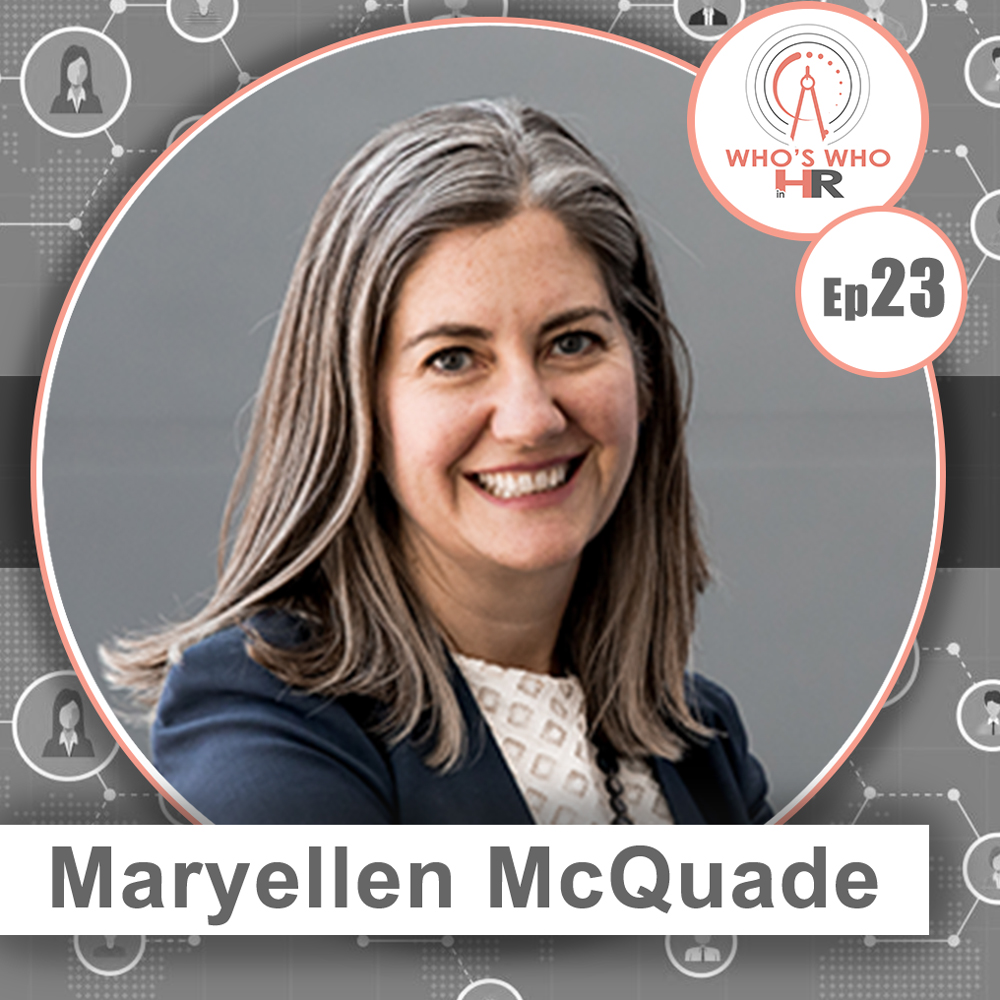Maryellen McQuade has been Corporate Vice President of Human Resources for Novo Nordisk Inc. since March 2017.
She’s entrusted with cultivating and preserving the Novo Nordisk Way among the company’s people and culture.
Ms. McQuade’s responsibilities encompass human resource strategies and programs that support the overall business, specifically in the areas of benefits, talent management, learning & development, diversity & inclusion, employee engagement and employee relations.
With 13 years of pharmaceutical and human resource experience, Ms. McQuade’s expertise is primarily focused in business model redesign, organizational change, talent acquisition and management, and deepening managerial capabilities. She is instrumental in maintaining a foundation of diverse and sophisticated talent, and a broad range of professional development resources, ensuring Novo Nordisk continues to be a place where people aspire to be, stay and grow.
Ms. McQuade joined Novo Nordisk in 2016 as Vice President of Human Resources for Commercial Functions. Prior to that, she was the North America Human Resource Lead for Glaxo SmithKline (GSK) Consumer Health (a joint venture between Novartis Pharmaceuticals and GSK.) Before the merger between GSK and Novartis Pharmaceuticals, Ms. McQuade was the Global Human Resource Lead, Technical Operations & Quality at Novartis Pharmaceuticals.
Previously, Ms. McQuade spent nearly 10 years at Bristol-Myers Squibb (BMS) in various roles of increasing responsibility in Human Resources, primarily working alongside the Research & Development functions. She ultimately led a Human Resource team supporting the BMS manufacturing network.
Ms. McQuade sits on the board of trustees of the Princeton Charter School. She holds a master’s degree from Georgetown University and a bachelor’s degree from Pomona College.
More from Maryellen…
Maryellen is unique because she has an extensive background going through mergers, something some HR professionals may never have to deal with.
So what’s that process like? Maryellen sheds some light on it:
“I think what’s the hardest part about a merger, is most of the people working on it, do not want to work on it whatsoever, right? It’s one thing when you say like, oh, we’re gonna launch a new product, or we’re gonna upgrade the offices, people are excited about that. When you say to them, like, oh, we’ve acquired this other company, and afterwards, some of you may not have a job, but we don’t really know what’s going on.
And for the next six months, we all have to figure out how all the systems, processes, cultures are going to work. And everyone’s like, oh, really, but do I have a job? So there’s a very heavy, emotional overlay to a lot of this work. It’s really core to who people are in terms of their own financial security and understanding it.
And this idea of core change management, what’s in it for me. That’s hard to articulate for a merger because you don’t know. And so what I think is the challenge here is they’re very complicated, but keeping people motivated and excited through the merger is probably the most challenging because the system and the processes are so intricate.
So I’ll give you a good example, a very tactical but good one, where we were doing this joint venture and we had to download the entire HR system basically into an Excel spreadsheet, quality check it, and then move it over to the new HR system. And it was just like, you felt like you’re back doing your entry-level job.
And then my peer who is leading the group just said something so impactful and compelling. She said, every line of data is a person we have to go through and make sure that they’re going to be treated correctly. And we’re getting all their information over. And I was like wow, that is such a great nugget.
So you really have to break down what people are doing. And to help them understand this is why it’s good. Because a lot of times in the broader scheme of things, mergers are … they’re Wall Street actions. They’re two companies come together trying to get better shareholder value. It doesn’t necessarily speak to the heart of why people come to a company. They’re not like, oh, I’m so excited to go to a company that’s merging and downsizing. That’s not on people’s wish lists and dream list.”









